Executive Summary:
Metropolitan Police said they detained more than 400 people around the protests, underscoring a sharper law‑and‑order approach as authorities balance free expression with public safety. The episode reflects wider European pressures over Gaza‑related activism, community security, and the boundaries of protest.
Atmosphere on the streets
Tens of thousands have regularly gathered in central London since the war in Gaza began last year, calling for a ceasefire and highlighting the humanitarian toll. This latest march went ahead in the wake of an attack on a synagogue that rattled Jewish communities and prompted some officials and community voices to urge organizers to cancel out of caution. Organizers insisted the march would be peaceful and lawful, and most participants came to demonstrate without incident. Police, however, reported detaining more than 400 people over the course of the operation for suspected public order offences and for matters related to displaying support for proscribed organizations, a reminder of how quickly lines can blur between protected speech and criminal conduct under UK law.
Why the legal line matters
The UK’s terrorism legislation makes it an offence to invite support for, or display emblems of, proscribed groups such as Hamas. That has become a recurring flashpoint at Gaza‑related events, where a tiny minority of attendees may push slogans or symbols into prohibited territory. At the same time, broad political expression—including carrying Palestinian flags or calling for a ceasefire—is legal. Police emphasize they act on behavior, not causes, but the scale of the operation in London shows how assertively officers are now intervening. Recent public order laws also give police more tools to impose conditions on routes, timing, and tactics like “locking on,” tightening the screws on disruptive demonstrations.
A separate, complicating strand is the role of Palestine Action, a direct‑action network known for targeting buildings linked to Israeli‑owned arms manufacturer Elbit Systems in the UK. The group’s tactics—paint‑spraying, site occupations, and blockades—have led to arrests and court cases. While Palestine Action has been at the center of high‑profile disruption, it is not designated a proscribed terrorist organization in the UK. That distinction is legally significant: supporting or affiliating with an unproscribed activist group is not, in itself, a terrorism offence, though criminal damage or trespass can be. The London detentions reported in connection with support for proscribed groups are typically linked to explicitly banned organizations; police have not publicly identified all groups involved in the latest arrests.
Communities under strain
For London’s Jewish communities, a synagogue attack—wherever it occurs—lands hard, prompting increased security patrols, concerns from parents about school drop‑offs, and a general tightening around places of worship. The Community Security Trust has documented record levels of antisemitic incidents since October 2023, and any high‑profile incident adds anxiety. Muslim and Palestinian communities, meanwhile, point to a parallel spike in anti‑Muslim hate tracked by groups like Tell MAMA, and worry that heavy‑handed policing will chill legitimate protest. Most Londoners aren’t on the front lines of these debates, but they feel the effects: weekend transport diversions, closed bridges, and a thicker police presence in the city center. Trust in institutions is also at stake; if people feel their rights are curtailed or their safety overlooked, that can deepen social divides.
The activism landscape and wider politics
Beyond the marches, activism has shifted toward the supply chain of the Gaza war—pressuring banks, insurers, and arms exporters. That’s where groups like Palestine Action have concentrated efforts, forcing site closures for the day and pulling local policing resources for lengthy operations. Courts have produced mixed outcomes: some juries have acquitted activists who argued they aimed to prevent greater harms, while others have convicted for criminal damage, reflecting an unsettled legal and moral terrain.
Internationally, London is not alone. Germany has alternated between bans and managed routes for Gaza protests, citing security risks; France initially restricted demonstrations, then moved to tight conditions. In multiple countries, governments have broadened guidance on “extremism” in public settings, giving authorities more latitude to intervene. The common thread is a recalibration toward risk‑averse policing while trying to keep space for dissent—a balance that is difficult to strike when anxieties are high and the conflict grinds on with devastating humanitarian consequences in Gaza
Several fault lines will shape what happens next. First, clarity from police and prosecutors on the precise grounds for the latest detentions will matter for legal precedent and public trust; transparency about charging decisions typically follows in the days and weeks after major operations. Second, any further attacks on religious sites or high‑visibility incidents at protests could accelerate calls for tighter restrictions, including route changes, time limits, or dispersal powers. Third, the arms‑trade focus is likely to persist, with further actions at factories, offices, and logistics hubs, and with court rulings slowly defining the limits of disruptive protest. Finally, the social temperature in London will be driven as much by events in Gaza as by local decisions; a ceasefire, major escalation, or shift in humanitarian access can quickly change the tone on the streets here.
For ordinary people, the practical takeaway is simple if uncomfortable: expect more heavily policed demonstrations, localized disruption on protest days, and visible security around religious and community sites. The long‑term test for the city is whether it can protect both safety and the space to be heard—values that matter just as much on a busy Saturday in central London as they do in the foreign policy debates that set these events in motion.


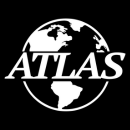
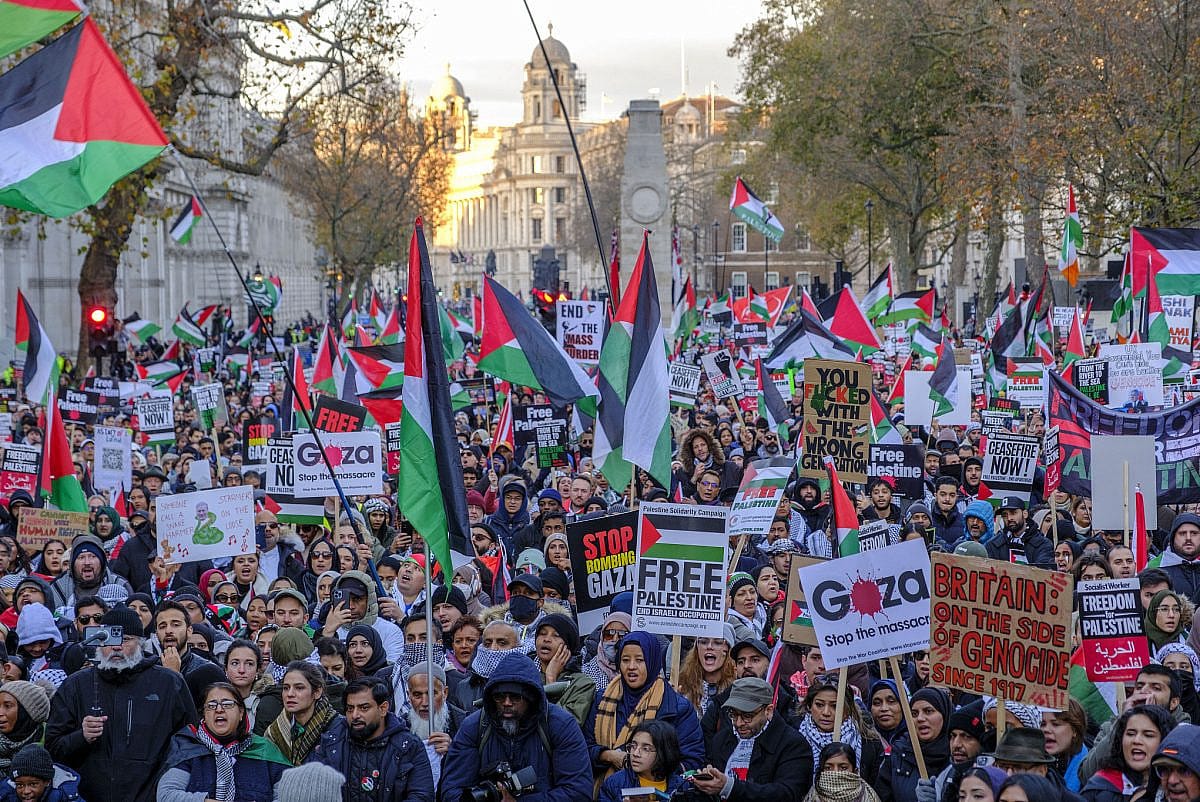

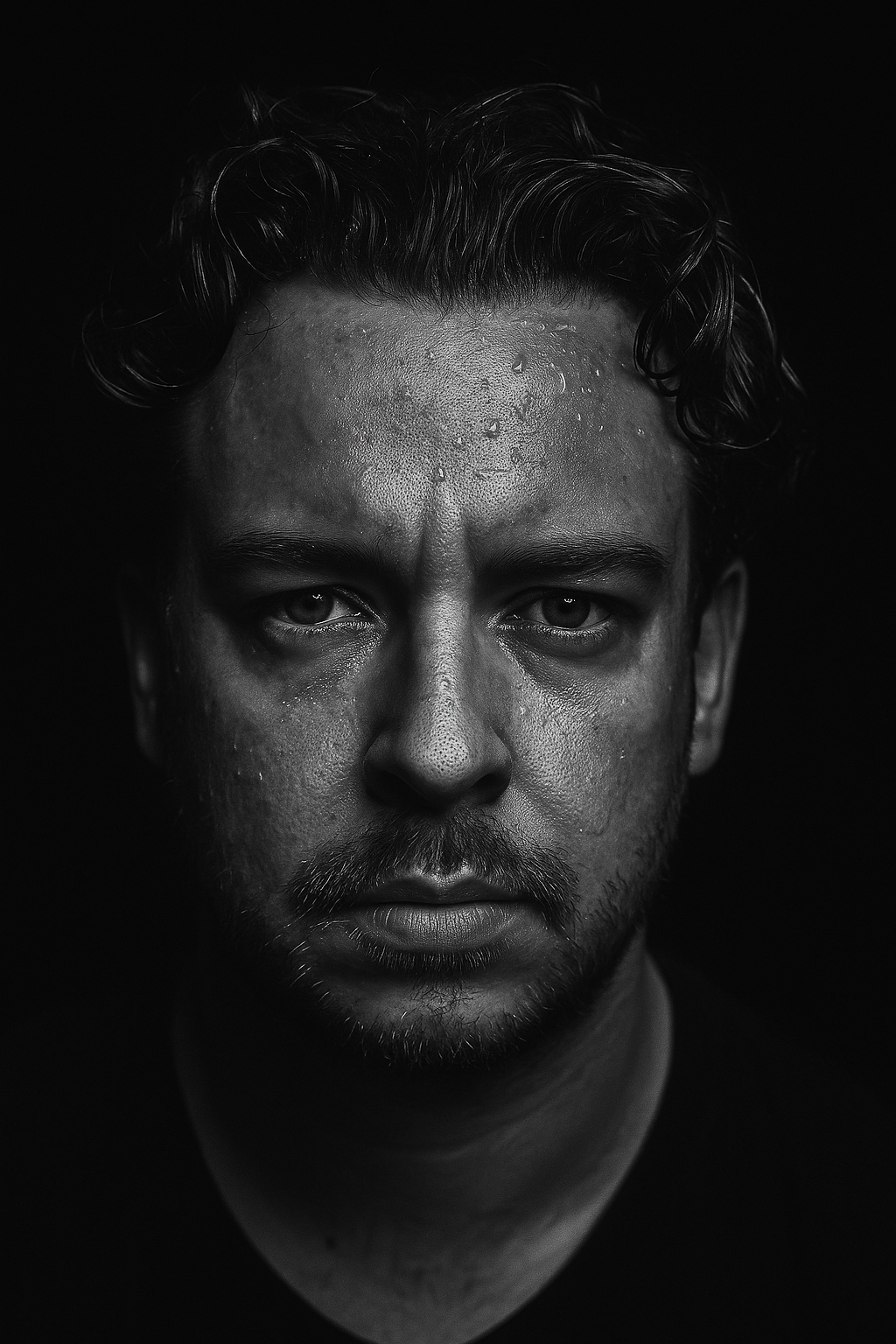
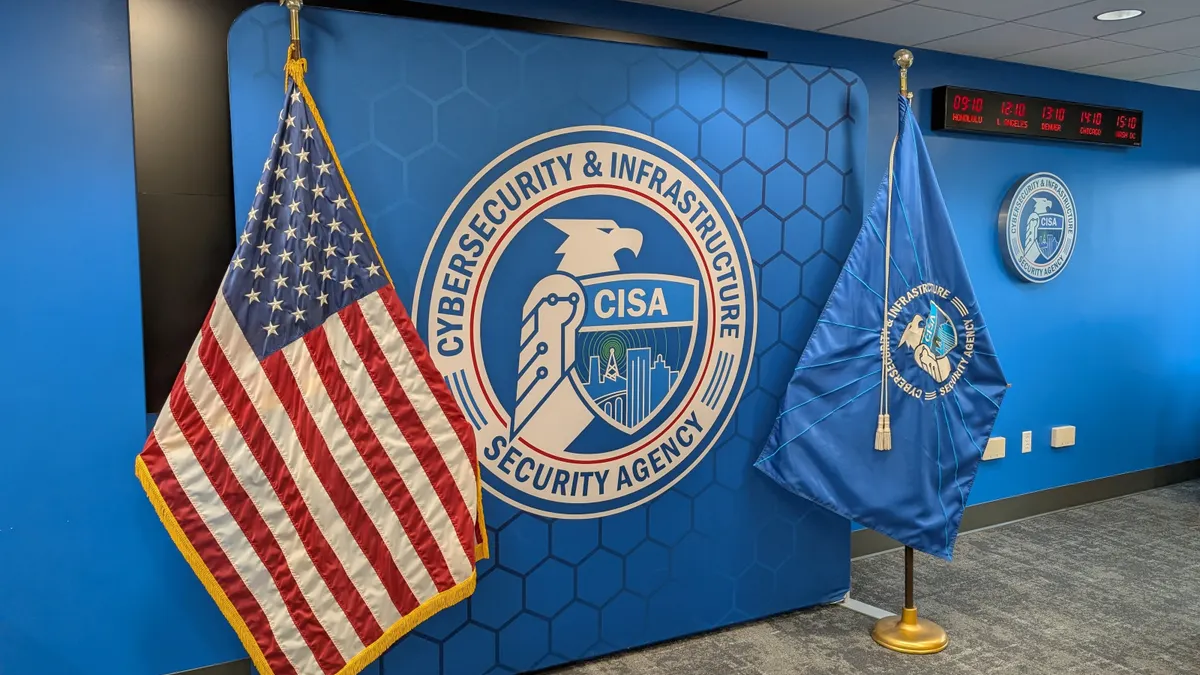
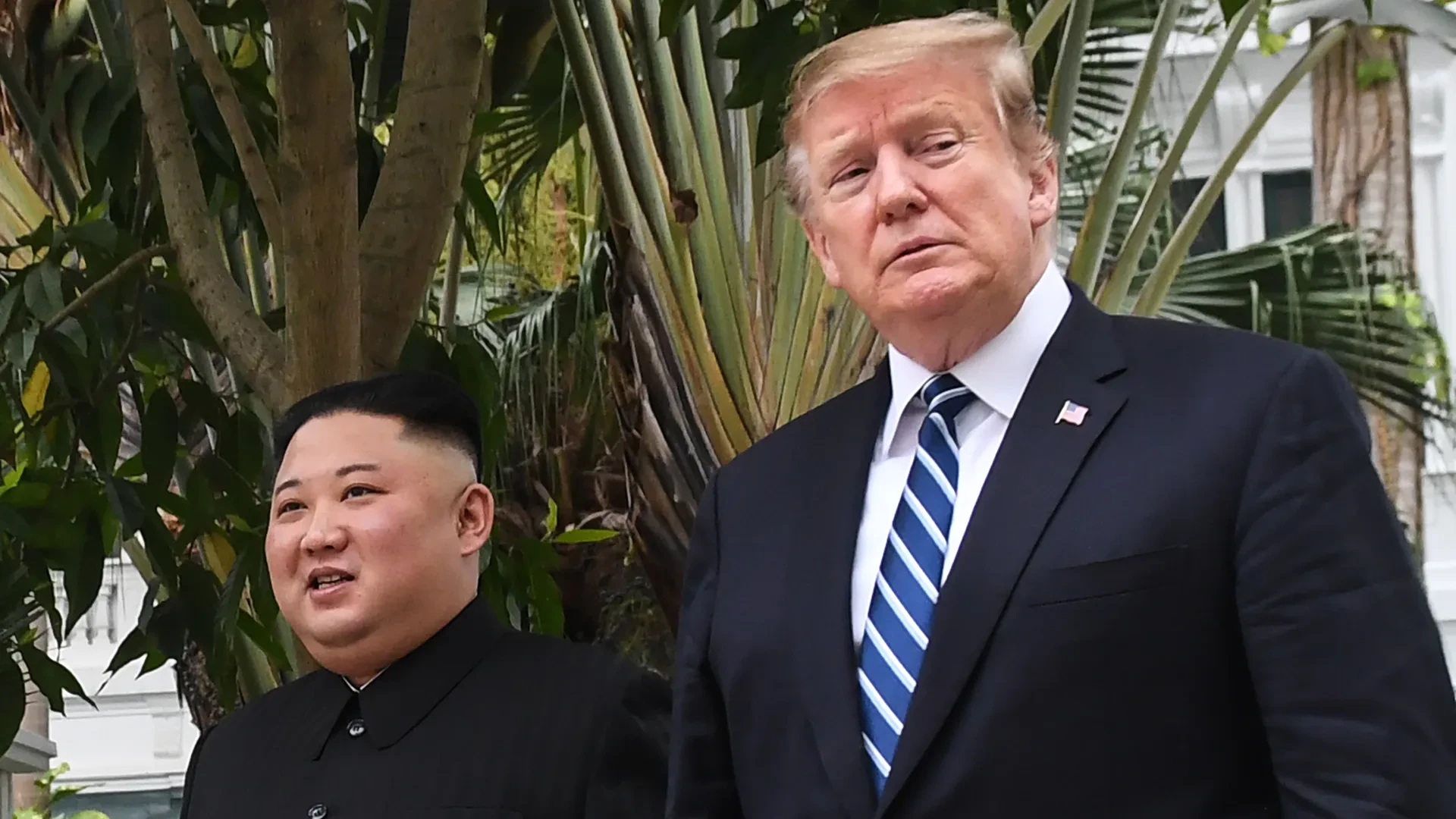
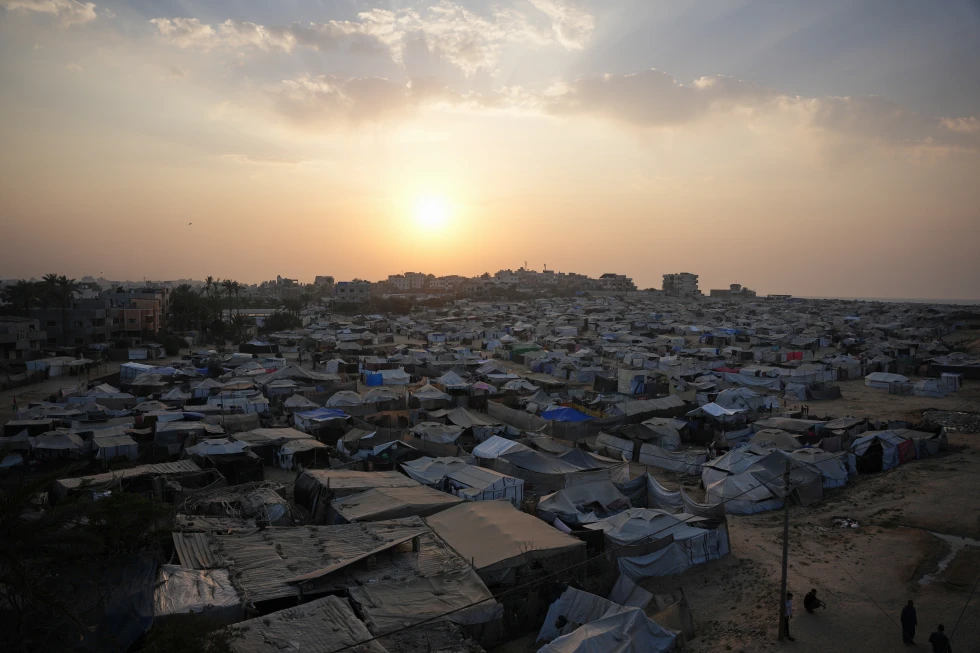
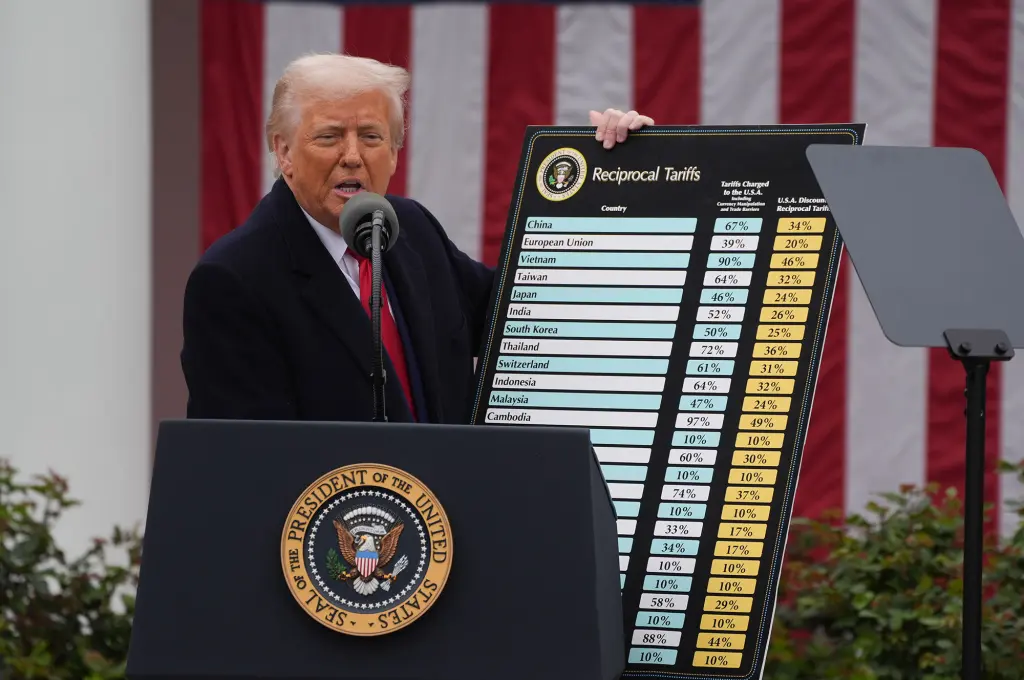
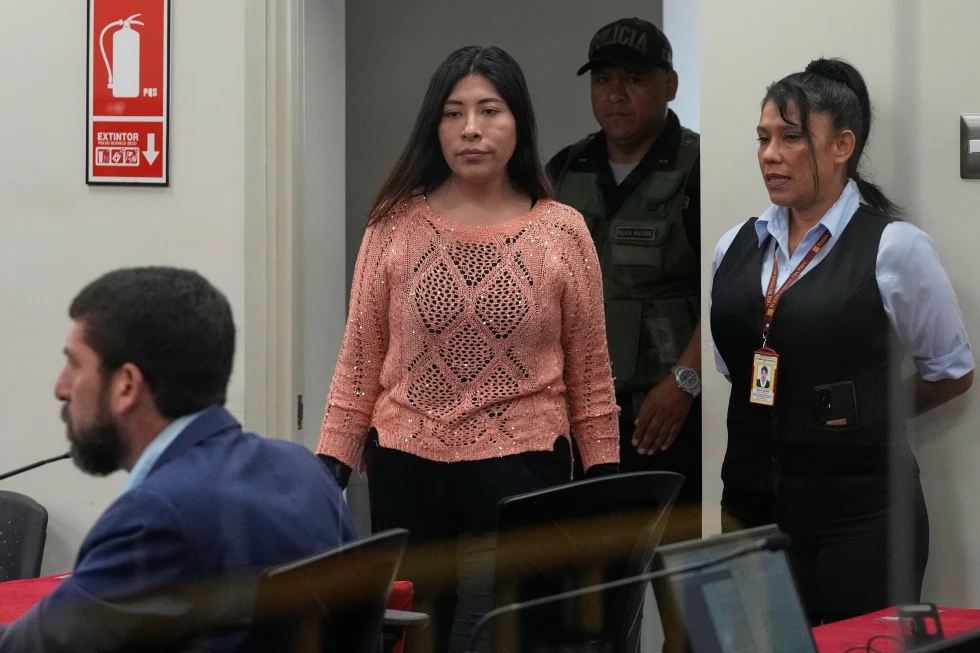
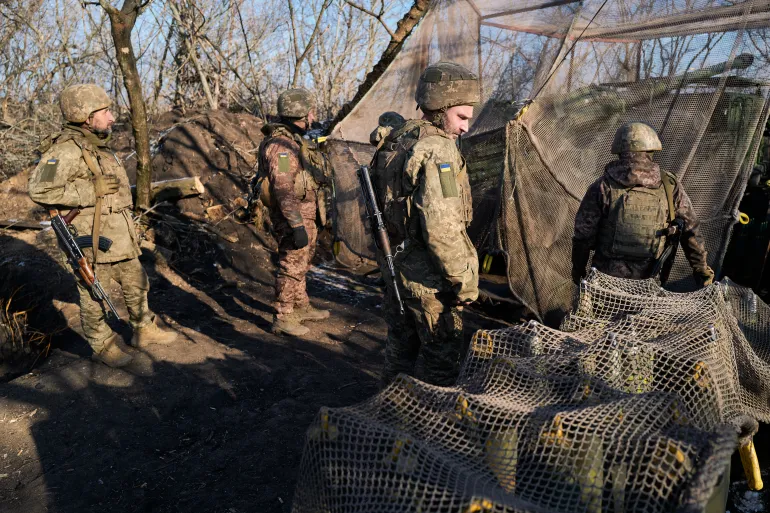

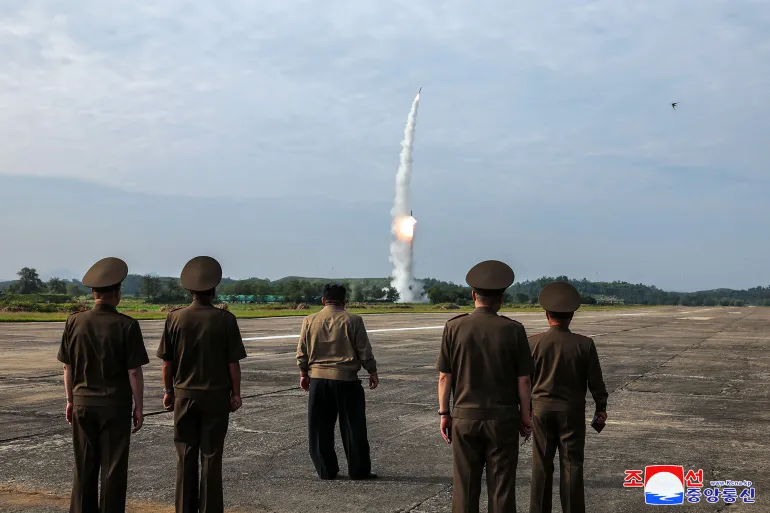

Discussion